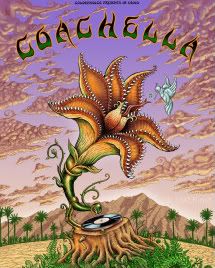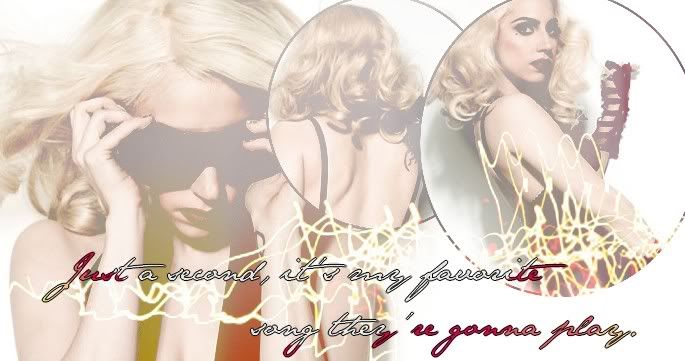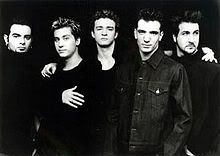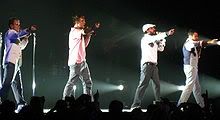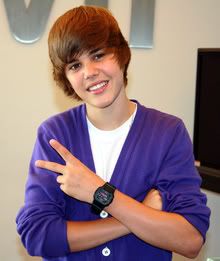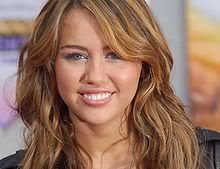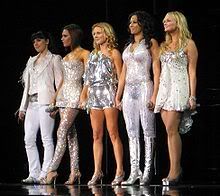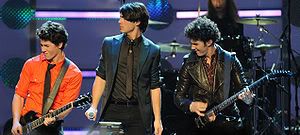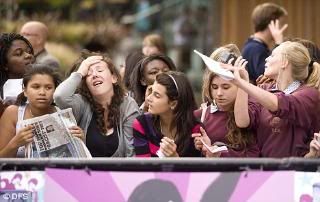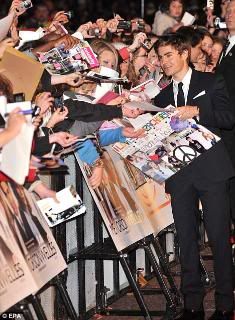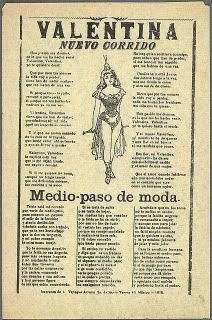Los Angeles is viewed throughout the world as the entertainment capital of the world. Hollywood, celebrities, materialistic, ostentatious... are all word that come to mind when thinking about West LA, Beverly Hills, Hollywood, etc. however, what does the rest of the world think of when Compton comes to mind? Guns, violence, gangs, drugs, you name it, they'll probably think Compton and East LA have it. Point being, there are too many stereotypes that surround LA based on the media's reputation of Los Angeles.
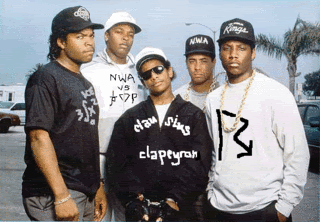
N.W.A- "Niggas with an Attitude"
In the early 1990's rapper, Ice Cube, left the University of Arizona to go back to his home town, Compton, California. He left his chemical engineering classes to pursue his other career interests...one of them being rapping. Ice Cube meshed with the now formally known rap group as, "NWA." NWA is abbreviated for "Niggas with Attitude." Soon after the group recorded its first big hit, "Straight Outta Compton." Straight Outta Compton was about being a gangster and living a life of crime on the streets of East Los Angeles. What is interesting about Compton before the gangster rap movement was that in the early 1940's Compton was voted one of the safest "white" towns in all of America. From the bad reputation gangster rap promoted within the media in the early 1990's Compton soon became what it was spoken about in the media, a ghetto.
NWA's "Straight Outta Compton" Video
NWA's album, "Straight Outta Compton," was the first gangster rap record to sell over 3 million copies. It went double platinum on March 27, 1992. Also, the record's consumers were surprisingly 80% Caucasian beyond the boundaries of black suburbs. This record made a new sub culture of hip hop which acknowledged white teenagers to imitate gangster rap. Statistics show that NWA's album made them known as the most dangerous rap group in history because of its notorious song, "Fuck the Police." In the music video NWA is shown running from the cops and rapping about living the hard life on the streets of Compton. Truth of the matter was that Ice Cube did not grow up on the streets, he was intelligent and was enrolled full time as a college student. Compton's image, however, began to decrease in attractiveness but raised profits in marketing "CPT" hats and other clothing apparel to represent a "thug" image. Undoubtedly, NWA changed the face of hip hop in the early 1990's.
